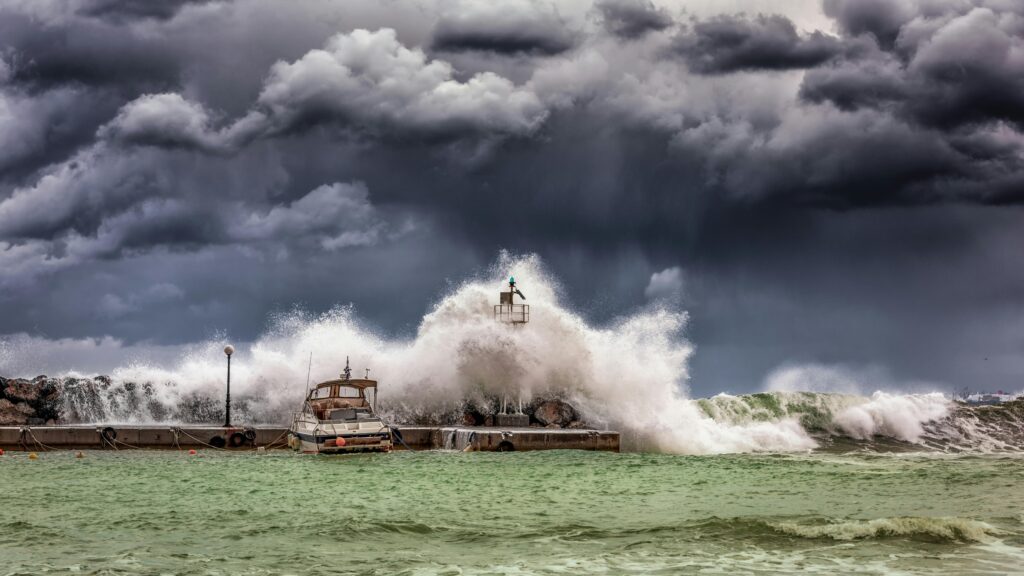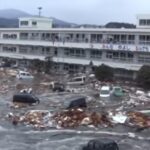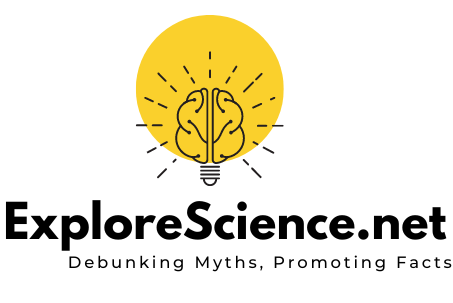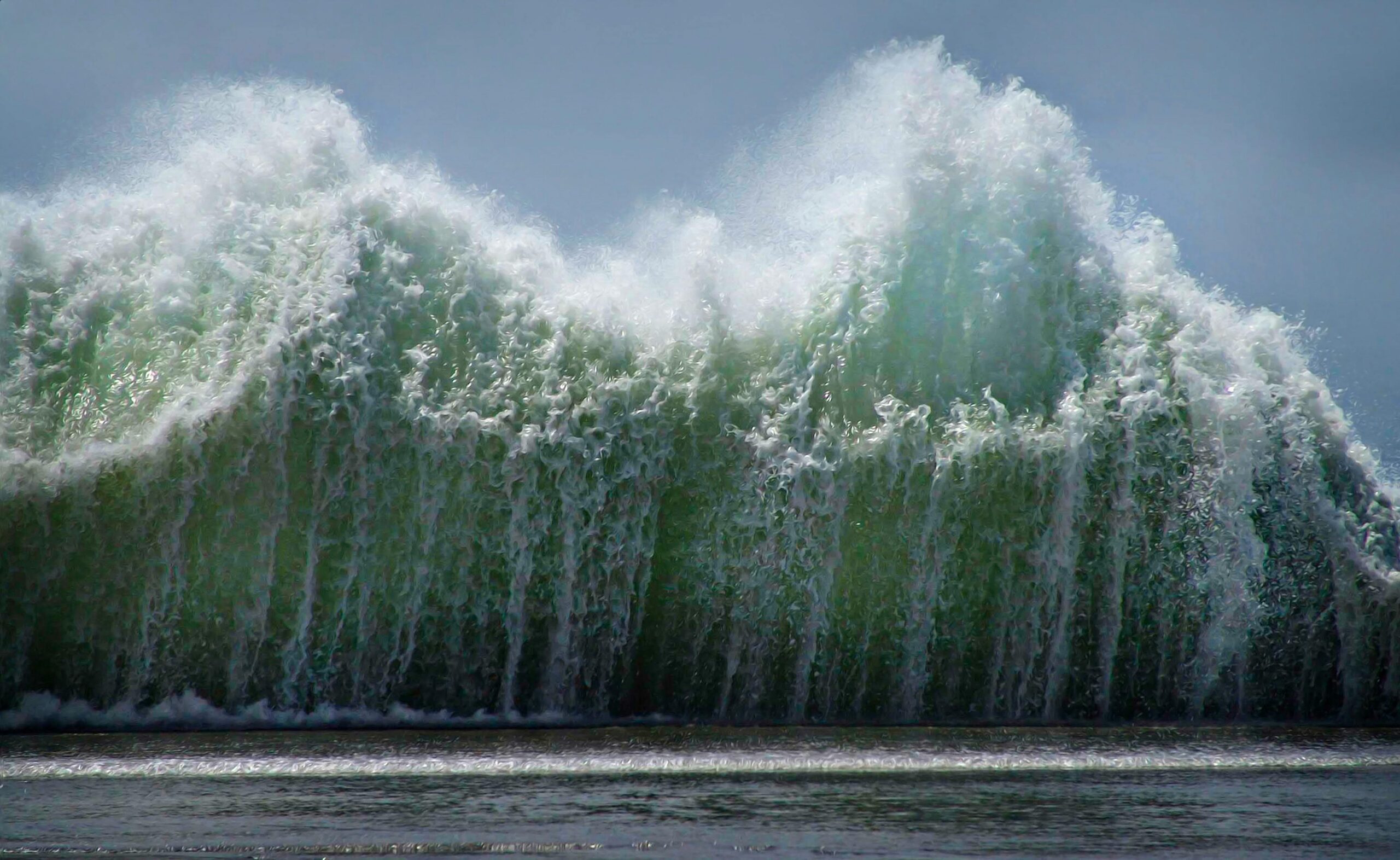
Underwater disturbances like earthquakes, volcanic eruptions, landslides, or even collisions by meteorites are what usually cause a tsunami. When one of these things happens, a lot of water is moved, which produces strong waves that go across the ocean. As the disturbance’s energy moves through the water, the waves expand outward in all directions. The waves have the potential to become taller and become devastating tsunamis when they get closer to shallow coastal regions.
Scientists have discovered that during past periods of global warming, approximately 3.4 million and 14 million years ago, loose sediment layers formed and slipped, causing massive tsunami waves to race to the shores of South America, New Zealand, and Southeast Asia. These discoveries were made by drilling into sediment cores located hundreds of feet beneath the seafloor in Antarctica. Furthermore, the experts believe there’s a chance similar tsunamis might occur again as a result of climate change heating the oceans. Released in the journal Nature Communications.
Submarine landslides are a serious geohazard that can cause tsunamis that can cause a significant number of fatalities, according to a statement from Jenny Gales, a hydrography and ocean exploration lecturer at the University of Plymouth in the United Kingdom. “Our findings demonstrate how critically important it is that we deepen our understanding of the potential effects of global climate change on the stability of these regions and the likelihood of tsunamis in the future.”
In the eastern Ross Sea near Antarctica, researchers discovered evidence of ancient landslides for the first time in 2017. These landslides are trapped behind fragile sediment layers that are teeming with fossilised phytoplankton, a type of sea life. In 2018, researchers went back to the location and used a deep drilling technique to retrieve sediment cores, which are long, thin cylinders of Earth’s crust that reveal the region’s geological history layer by layer.
Through the examination of the sediment cores, the researchers discovered that the weak sediment layers originated from two distinct epochs: the Miocene climate optimum approximately 15 million years ago, and the mid-Pliocene warm era approximately 3 million years ago. The seas surrounding Antarctica were 5.4 degrees Fahrenheit (3 degrees Celsius)warmer than they are now, causing algae blooms to burst and deposit rich, slick silt on the seafloor below, which made the area vulnerable to landslides once the blooms died.
5 Deadliest tsunamis
The 1960 Chilean Tsunami:

The greatest known earthquake, measuring magnitude 9.4 struck the southern coast of Chile on May 22, 1960. Waves caused by the earthquake tremors sent shockwaves over the Pacific, affecting coastal areas as far away as Hawaii, Japan, and the Philippines. More than a thousand individuals lost their lives in the tragedy, which also highlighted the widespread effects of tsunamis brought on by subduction zone earthquakes.
The 1964 Great Alaska Earthquake and Tsunami:
A powerful 9.3magnitude earthquake—the second-largest ever recorded—shook Alaska on March 27, 1964. The West Coast of the United States, British Columbia, and the Gulf of Alaska all saw devastating tsunamis as a result of the earthquake breach. Over 130 people died in the tragedy, which also damaged extensive
The Tsunami in Papua New Guinea (1998):
A severe undersea earthquake (magnitude 7.2) devastated Papua New Guinea in July 1998. The resulting tsunami waves killed over 2,000 people and left extensive damage throughout the island of New Guinea’s north coast. The incident made it clear how vulnerable coastal populations are to seismic risks in the Pacific Ring of Fire and how important it is to improve preparation and mitigation efforts.
The 2004 Tsunami in the Indian Ocean:
An earthquake with a magnitude of 9.0 to 9.3 struck the calm coastlines of the Indian Ocean off the coast of Sumatra, Indonesia, early on December 26, 2004. Up to 32 metre high tsunami waves that followed surged over 14 nations, killing between 240,000 and 285,000 people and uprooting millions more. This extraordinary calamity acted as a sobering reminder of nature’s destructive force.
The 2011 Tohoku Tsunami:Massive earthquake of magnitude 9.1 off the coast of Tohoku shook Japan in the early hours of March 11, 2011. Waves as high as forty metres were unleashed by the subsequent tsunami, submerging coastal villages and igniting a nuclear crisis at the Fukushima Daiichi Nuclear Power Plant. More than 15,100 people died in the tragedy, making it one of the deadliest natural disasters to ever strike Japan and underscoring the urgent need for better preparedness and response protocols.
Safety Rules
Coastal towns are seriously threatened by tsunamis, which are frequently caused by underwater earthquakes or volcanic eruptions. These enormous waves may cover oceans at incredible rates, wreaking havoc along their course. Having the right gear and knowing how to react in the event of a tsunami can save lives. Here are specific safety guidelines to adhere to:
Early Warning Systems: Early warning systems have been installed in the majority of tsunami-prone areas. Using radio broadcasts, smartphone apps, or local authorities, stay up to date on your area’s emergency alert protocols. Respond quickly to any tsunami warnings and take them seriously.Evacuate promptly to higher ground or get inland to safe zones specified by designation if you sense a severe earthquake or receive a tsunami warning. Recall that minutes might pass between a seismic event and a tsunami.
Do Not Wait: Put your safety first above anything else in the event of a tsunami warning. Don’t wait to go to gather possessions or make an assessment of the situation. Rapid action could be the difference between life and death because every second counts.
Pay Attention to the Authorities: Never hesitate to obey directions from local authorities and emergency services personnel. They are qualified to lead you to safety and efficiently manage rescue operations.
Remain away from the coast: Tsunamis frequently come in waves, the stronger waves coming after the first. When there is a tsunami warning or an earthquake, stay away from beaches, waterfront properties, and coastal areas until the area is deemed safe by the authorities.
Move to Higher Ground: If you are unable to evacuate to higher ground, take cover in robust, multi-story structures that are not near the ocean. Go to higher floors and stay away from flood-prone regions.
Be Ready for Aftershocks: Aftershocks are prevalent following large earthquakes and can increase the risk of tsunamis. When there are aftershocks, be ready to shelter in place and keep an eye out for any new tsunami alerts.
Stay Informed: To get updates and directions from authorities, always have a battery-operated radio, portable electronic device, or NOAA weather radio close at hand. For the most recent updates on the tsunami threat, keep an eye on official channels.
Help Others: During evacuation attempts, provide safe assistance to those who are most in need, such as children, the elderly, or people with disabilities. When providing help, use cautious and put your own safety first.Hold off until the all-clear signal is given. Only go back to evacuated or coastal regions after the authorities have formally deemed it safe to do so. When you go home, be aware of potential dangers including falling objects, tainted water, or shaky buildings.
Climate change
Long-term changes in temperature and weather patterns are referred to as climate change. These fluctuations may be caused by significant volcanic eruptions or variations in the sun’s activity. However, human activity has been the primary cause of climate change since the 1800s, mostly as a result of the combustion of fossil fuels like coal, oil, and gas.
Fossil fuel combustion releases greenhouse gases into the atmosphere, which encircle the planet like a blanket and trap solar heat, causing temperatures to rise.Methane and carbon dioxide are the two primary greenhouse gases responsible for climate change. These result, for instance, from burning coal to heat a building or petrol to operate a vehicle. Carbon dioxide can also be released through land clearing and forest destruction. The industries of agriculture, oil, and gas are main industries that emit methane. Among the primary industries producing greenhouse gases are energy, industry, transportation, buildings, agriculture, and land use.
There is a human cause to global warming.
Scientists studying climate change have demonstrated that, for the past 200 years, almost all global warming has been caused by people. Greenhouse gases produced by human activities such as the ones listed above are warming the planet more quickly than it has warmed in the previous two millennia.The Earth’s surface currently has an average temperature that is 1.2°C higher than it was during the late 1800s (before to the industrial revolution) and higher than it has ever been in the previous 100,000 years. The last four decades have all been warmer than any other decade since 1850, with the most recent decade being the warmest on record, from 2012 to 2020.
Many believe that the primary effect of climate change is increased temperatures. However, the rise in temperature is just the start of the tale. Since everything on Earth is interconnected, changes in one place might have an impact on changes in all other areas since the Earth is a system.Intense droughts, water scarcity, devastating fires, rising sea levels, flooding, melting polar ice, catastrophic storms, and dwindling biodiversity are just a few of the effects of climate change that are currently being felt.

